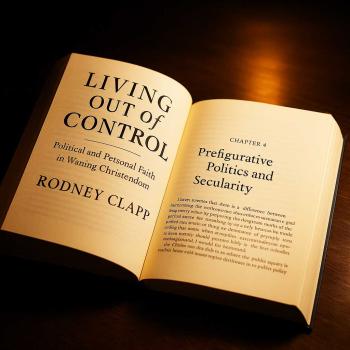What Is Gravity? A Theologian Learns about Physics
Recently, here, some commenters have argued that a theologian has no right to talk about things outside his or her own field of knowledge—such as science. That’s nonsense. Theology is about everything. That is not to say, of course, that a theologian knows everything. That’s also nonsense. However, over the centuries theologians have studied many realms of reality in connection to our belief in God.
I studied theology under German theologian Wolfhart Pannenberg who was well-known for studying science, especially physics, and who interacted much with the theories of physicist-philosopher Carl Friedrich von Weizsaecker. (WordPress does not show me how to include an umlaut so, in the traditional manner I have added the “e” after the the “a” to indicate an umlaut belongs over the “a.”)
I heard and read Pannenberg talk and write often about modern quantum physics including “fields of force,” drawing on the experimental theories developed by von Weizsaecker and others.
This string of blog posts and interactions with commenters began with my criticism of a particular scientist who, on an episode of “Science Friday,” declared that only atoms and molecules exist and seemed to equate materialism with modern science, as its foundation.
I asked here whether gravity is matter, whether it is composed of atoms and molecules. Two or three people basically told me that it is and I should know this. Well, I didn’t and don’t know it. And they are wrong, so far as quantum physics knows at this time. (String theory is working on the question.)
Read the following from the Fermi Lab: “Physics Questions People Ask Fermilab: Is Gravity a Particle or a Wave?” Google it. I also found it at https://www.final.gov>graviton.
The consensus answer of modern physicists is that gravity is a field of force that is measurable and can be expressed mathematically, but they do not yet know exactly WHAT it is. Some speculate that someday science will discover something speculatively called a “graviton,” something like a photon, that makes up a gravitational field. But saying that it exists is not the same as saying it is a form of matter. In my informed opinion, it probably isn’t. I doubt that science will ever prove that everything that exists is atoms and molecules, let alone that matter is the only reality.
*Sidebar: Anyone who claims to be a materialist should be taken at his or her word; materialism is the view that all that exists is some form of matter.*
Energy, is it matter (atoms and molecules)? I’m going back here to the beginning of this conversation with the scientist on “Science Friday” whose claim that all that exists consists of atoms and molecules and arguing that the host, Ira Flatow, should have challenged that as it is far from provable and is more a philosophy than a scientific fact.
If you really want to dive deep into modern quantum physics, read von Weizsaecker’s 1969 essay “Matter, Energy, and Information” where he argues for a unity of nature but against materialism. And know that he became a Christian partly because of his studies of nature as a scientist.
Now, this is the end of this conversation stream on this topic. I lose patience with snarky comments like “you theologians shouldn’t talk about science.” A theologian with a PhD from Rice University, a bastion of modern science, can study anything. That’s what a real PhD degree means—proven ability to do research.
Materialism may not be the philosophy of every scientist, but it is common amongst Western scientists and is often represented in some form as the worldview of science. Many, many scientists, including the late great Stephen Hawking, treat science and religion as enemies and religion as superstition. Of course, so do many conservative Christians. But not all.
I would prefer to move on now to other topics rather than drag out this debate.
*Note: If you choose to comment, make sure your comment is relatively brief (no more than 100 words), on topic, addressed to me, civil and respectful (not hostile or argumentative), and devoid of pictures or links.*













